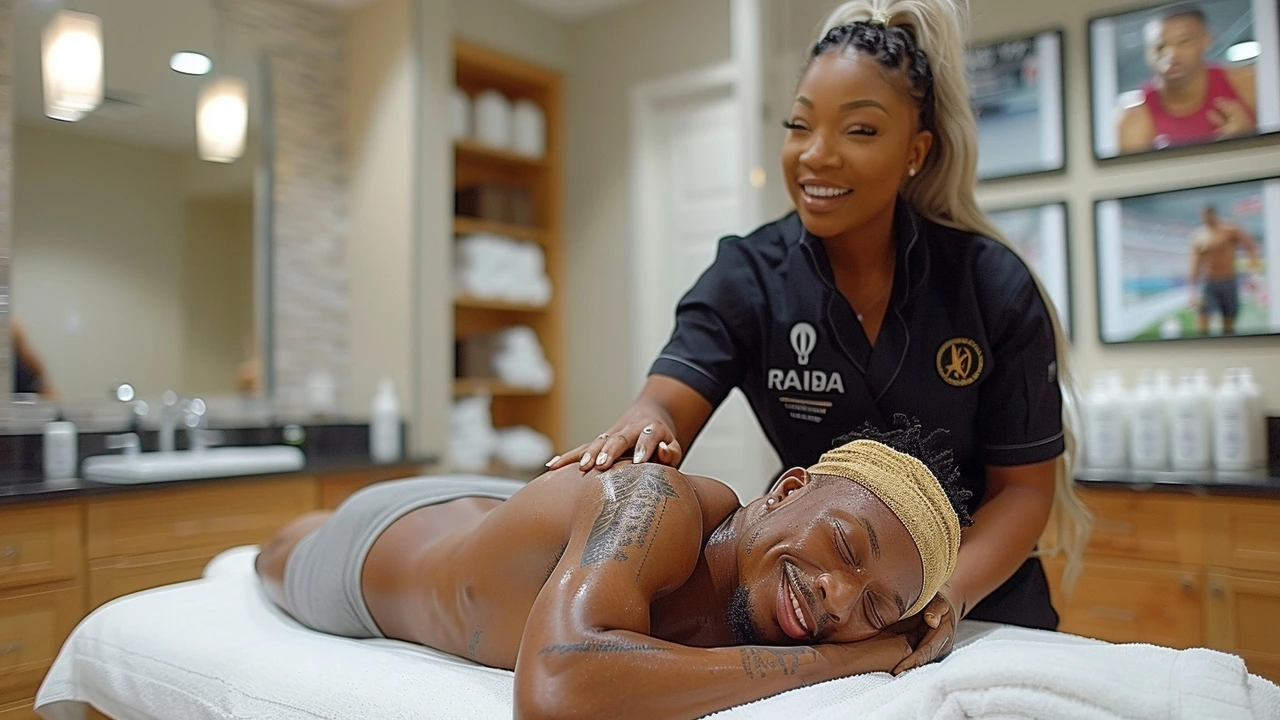Muscle Tension: Fast Relief and Simple Ways to Prevent It
Feel like your neck or shoulders are always tight? Muscle tension is common and usually has clear causes—stress, bad posture, repetitive work, dehydration, or overtraining. You don’t need complex fixes. Small, consistent steps relieve pain and stop it from returning.
Quick relief you can do now
Start with breathing: inhale for four, hold one, exhale for six. Slow breaths relax the nervous system and loosen tight muscles within minutes. Follow with a short stretch: tilt your head toward each shoulder, hold 20–30 seconds, breathe. Use heat for chronically tight areas and ice for sharp, recent pain.
Self-massage works. Use your thumbs on the upper traps, sliding along the muscle for 1–2 minutes each side. Foam rolling the upper back and lats helps release knots after a workout. If you have access, sports massage speeds recovery, improves range of motion, and lowers soreness when done regularly—think every few weeks during heavy training.
Try progressive muscle relaxation: tense a muscle group for 5–7 seconds, then release and notice the change. Repeat down the body. It’s a quick gateway from feeling locked-up to feeling relaxed.
Simple daily habits to stop tension from coming back
Move hourly. Stand up, walk 60–90 seconds, and do one quick shoulder roll. People who sit for long stretches build tension through stiffness and poor circulation. Set a timer if you forget.
Check your setup: screen height should put your eyes slightly below the top of the monitor; elbows close to your sides; feet flat. Small ergonomic tweaks reduce neck and shoulder strain dramatically over weeks.
Build strength in weak areas. Tight muscles often compensate for weak scapular or core muscles. Add two short strength sessions per week—rows, face pulls, and planks—to balance posture. Hydrate and sleep well; both affect muscle recovery.
Mind the mind: stress is a top trigger. Short mindfulness practices, biofeedback tools, or guided breathing can cut stress-related tension. Aromatherapy—peppermint or lavender—can help you relax before sleep or during breaks. If you want structured help, look into biofeedback sessions to learn how your body reacts and how to control it.
When to see a professional? Get help if pain lasts more than two weeks, gets worse, or comes with numbness, weakness, or fever. A physical therapist or qualified massage therapist can assess causes and design a plan that includes manual therapy, targeted exercise, and posture coaching.
Try this simple daily routine for two weeks: morning mobility (5 minutes), hourly micro-breaks during work, two strength sessions weekly, and a 10-minute wind-down (breathing or progressive relaxation) at night. Track changes—most people feel real improvement in 7–14 days. Want more targeted reads? Check our guides on sports massage, biofeedback, aromatherapy, and relaxation techniques for step-by-step help.

The Magic of Sports Massage in Reducing Muscle Tension
In the wild and wonderful world of sports massage, muscle tension stands no chance! Let's be honest, it's like a magical wand that targets those pesky knots, making them vanish faster than cookies at a kid's party. With just a few strategic strokes, a sports massage therapist can transform your muscles from tight strings to relaxed threads. It's like they're whispering sweet nothings to your muscles, coaxing them to unwind and chill out. So, if your muscles are throwing a tension tantrum, a sports massage might just be the fairy godmother you've been wishing for!
Read More